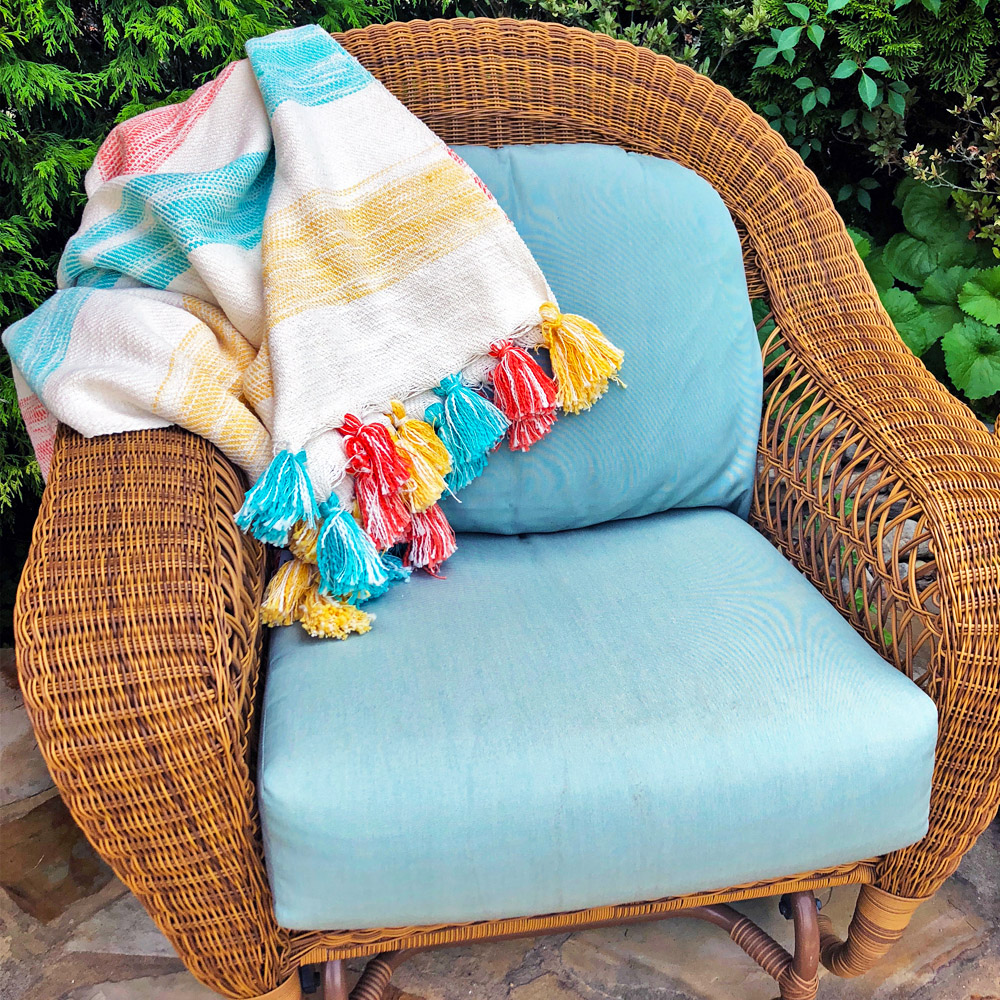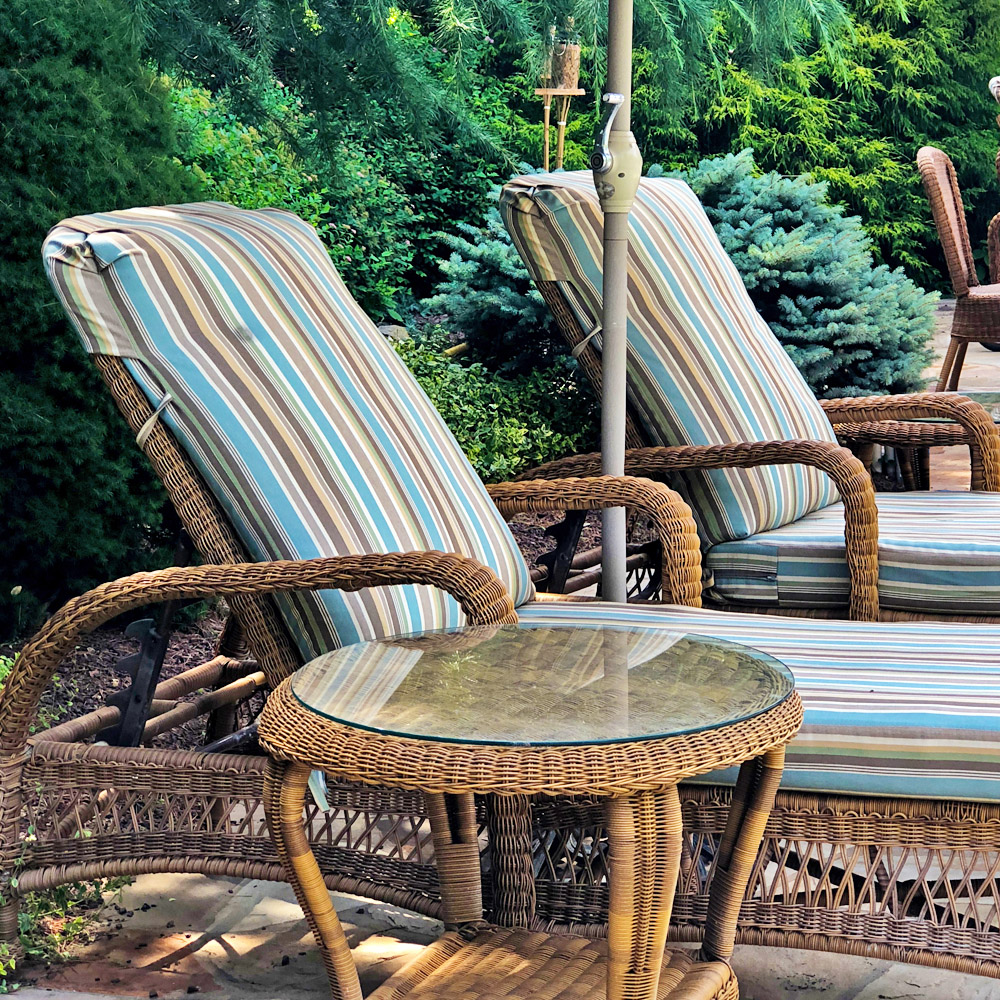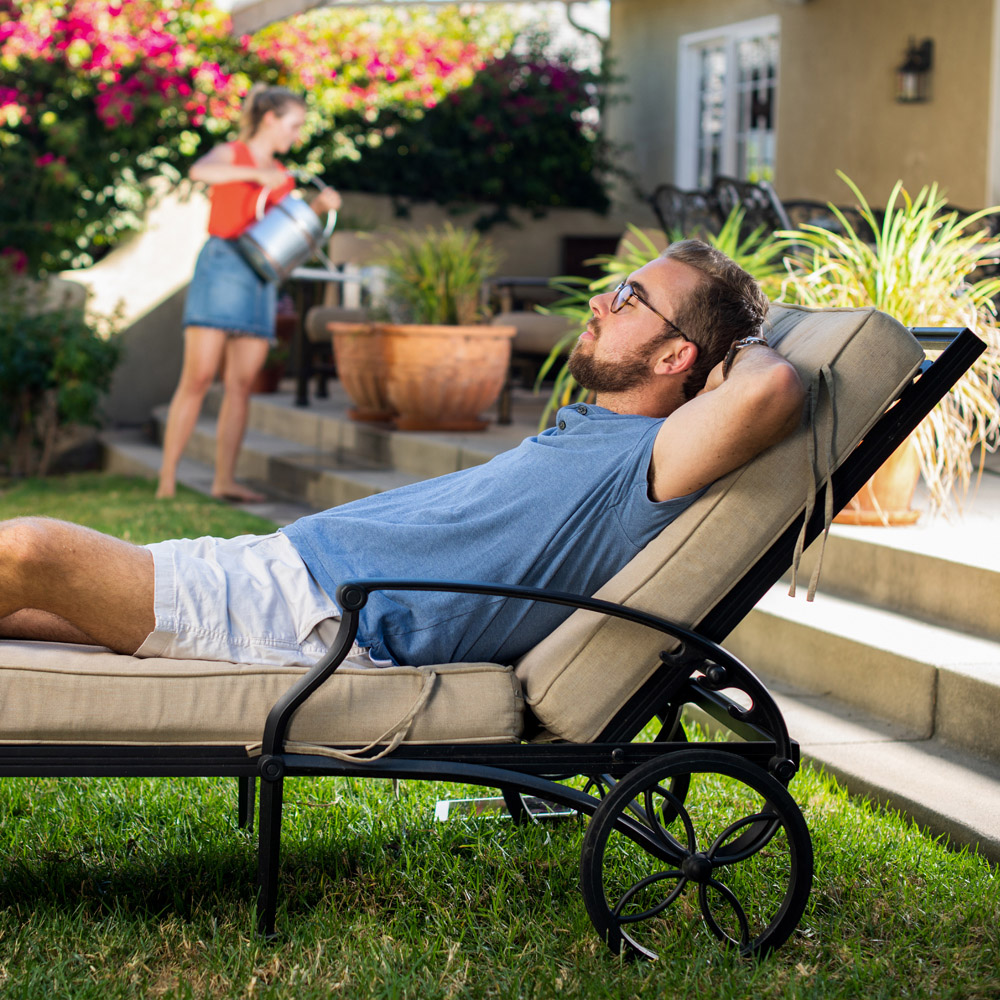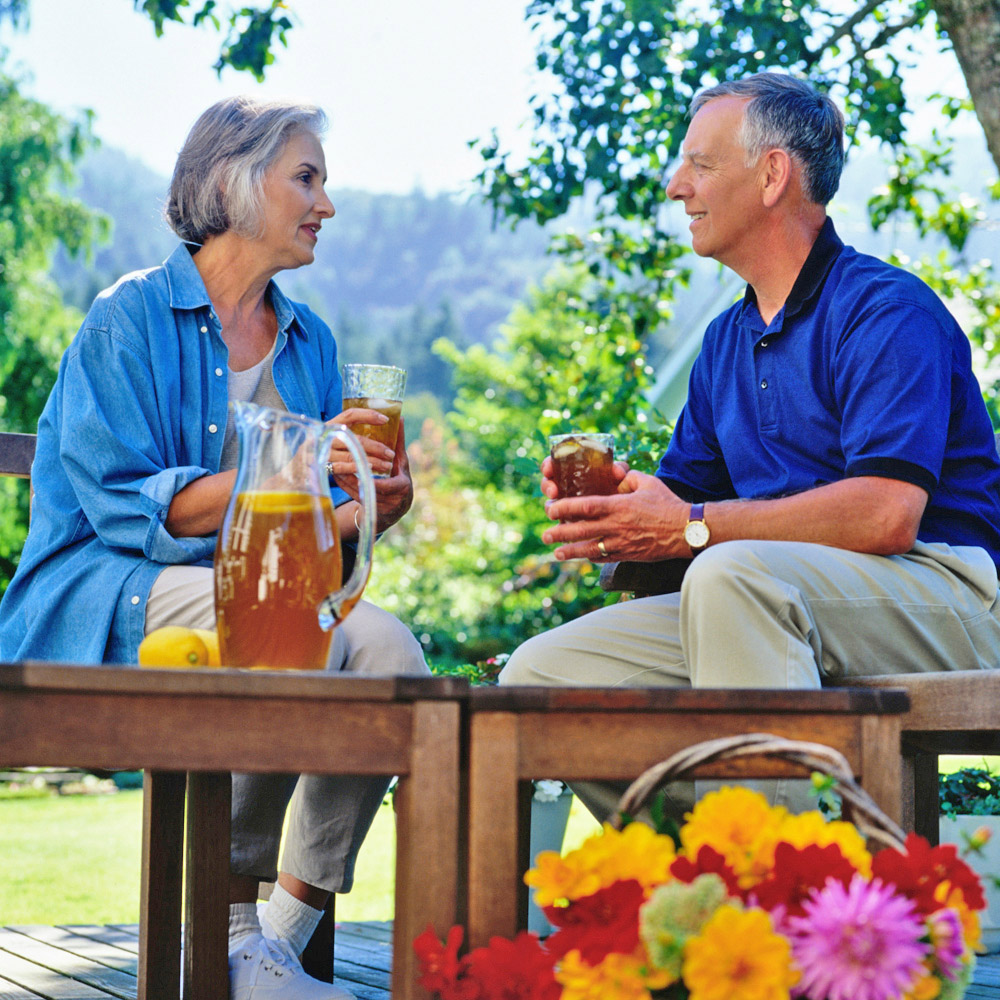One of the best ways to use your outdoor living space is to create the ultimate relaxing retreat. Fortunately, you don’t have to stress out to maximize your outdoor relaxation – it’s easier than you think to create a soothing oasis, no matter what type of yard you have or the size of your budget.
What Does Relaxation Mean to You?
Everyone has a different idea of relaxing, and your outdoor space should meet your needs for the perfect relaxing space. Do you calm your mind and body with yoga or tai chi? You’ll need space for the appropriate postures and movements. Do you express yourself through painting? Design a relaxing space for your inner artist. Do you prefer a peaceful nap or a place to read? Your outdoor living space should be cozy and comfortable. Do you enjoy expansive vistas to soothe your mind? Take advantage of your natural views when crafting an outdoor space. Whatever relaxation means to you, your space should reflect that.
12 Ways to Make Your Outdoor Living Space More Relaxing
There are many options for improving the relaxation of your outdoor living space, regardless of what type of relaxing you prefer.
- Clear Clutter – No space is relaxing if it’s overcrowded. Put away toys and unused tools, clear off surfaces, manage weeds so they don’t get out of control, and prune plants so they don’t take over the space.
- Improve Privacy – A private space will be more relaxing. A good fence or thick hedge can provide good privacy, or use screens or drapes to shield your space from unwanted eyes. Bamboo and tall ornamental grasses are other natural options.
- Light Your Mood – Choose the best lighting for your relaxation, whether you need a good reading light or prefer candles for meditation. Indirect lighting is more soothing, so consider café-style options, underseat lighting, and other soft choices.
- Stretch Out – Instead of basic chairs and benches, choose more luxurious seating where you can comfortably stretch out. Double loungers, oversized hammocks, hanging chairs, swinging benches, and supersized pillows are all cozy choices.
- Choose Comforting Textures – Fill your space with soft, comfortable textures instead of harsh corners and hard surfaces. Add a soft outdoor rug, cozy throw, and plump cushions to your outdoor living space, and choose soft plants such as ferns and mosses to surround it.
- Enjoy the Shade – Add shade to the space to keep temperatures comfortable and cut blinding glare from the sun. Awnings, shades, and umbrellas are great options, or you can choose outdoor drapes or canopies for softer shade.
- Calm With Colors – Bright, vibrant colors bring energy to a space, but if you want more relaxation, opt for soothing blues, browns, ivory, and other natural tones. Avoid very busy patterns that can seem chaotic and overwhelming.
- Soothe With Sounds – Certain sounds can add to relaxation even while they block out other, less enjoyable noises such as a neighbor’s dog or traffic from a nearby street. Consider a tabletop fountain, wind chimes, or a snapping, crackling fire for soothing sounds.
- Add Aromas – The best relaxation engages all your senses, including scent. Add an oil infuser to your outdoor living space for instantly relaxing scents, or choose aromatic plants for nearby landscaping for natural aromas. Lavender, roses, and rosemary are popular options.
- Immerse in Water – Water is wonderfully relaxing, and you can add water to your space in different ways. Consider a hot tub or outdoor shower to immerse yourself, or add a wading pool for a whimsical way to relax sore feet.
- Control Insects – Even the most well-designed space won’t be relaxing if it is invaded by unwanted guests. Keep citronella candles and torches handy to discourage biting insects, and plant mosquito-repellant plants such as lemon balm, basil, and sage nearby.
- Use the Space – No space will be relaxing if you don’t make time to use it. Even if it is only a few minutes a day, enjoy your outdoor living space and feel its calmness soothe away your worries.




